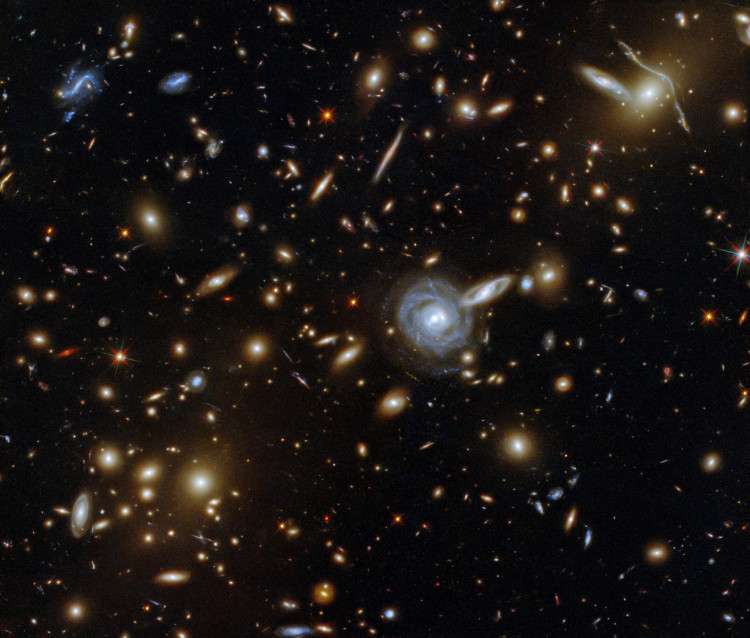Thousands of distant, primordial galaxies of various shapes and sizes glow in infrared light in a new Hubble Space Telescope image.
The oldest galaxies are approximately 13 billion years old, having formed only a few hundred million years after the Big Bang. Scientists can discover what chemicals are inside galaxies by shining ultraviolet light on the - information that is critical to understanding how galaxies form and evolve. However, there is a flaw in this method: the primordial ultraviolet light is absorbed before it can reach us.
Scientists can quickly predict the chemicals brimming in these galaxies thanks to ultraviolet light technology.
Knowing the chemicals in these galaxies is essential for understanding how galaxies develop and evolve. However, Space.com pointed out a flaw in this strategy: the primordial UV light is absorbed before it can reach humans.
Astronomers, on the other hand, can study a large number of galaxies that are only 11 billion years old. As a result, astronomers used the Hubble Space Telescope's capabilities to aid in the creation of this wondrous image containing thousands of old galaxies.
These surveys enable scientists to look back at the reionization era of the early universe. The first light sources began to penetrate the cosmic veil during this epoch, which was initiated by the formation of the first galaxies, bringing an end to the universe's "dark age."
The so-called dark age of the universe began around 400,000 years after the Big Bang and lasted hundreds of millions of years, marking the very last time when space was truly empty, meaning there were no stars, planets, galaxies, or life.
The Hubble Space Telescope, named after the pioneering astronomer Edwin Hubble, has been capturing wonders in space since it was started and activated by the space shuttle Discovery in 1990.
This image was created as a result of a recent survey called UVCANDELS. Hubble observed approximately 140,000 galaxies over ten days, and several galaxies can be seen from various perspectives in this newly released image.
The new image, according to Xin Wang, the astronomer who presented the findings on June 14 at the American Astronomical Society conference in California, provides a new perspective on current star formations occurring in near and far galaxies.
SUVCANDELS is a follow-up survey to CANDELS, which examined infrared and redder visible light. Hubble retraced the regions of the sky studied by CANDELS, including the Extended Groth Strip in the newly released image, using ultraviolet and purpler visible light. Scientists created this new image by combining layers from both investigations.





